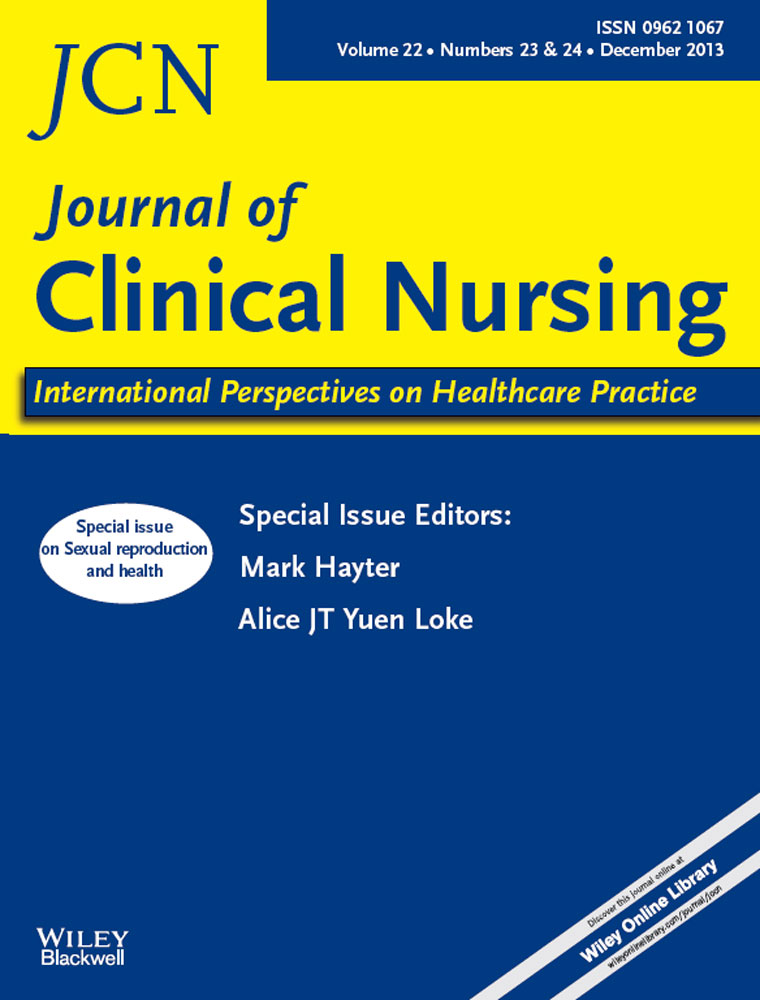Preventing postpartum haemorrhage: active management of the third stage of labour
Abstract
Aims and objectives
To review scientific publications on health to identify the main practices used for the active management of the third stage of vaginal labour and to assess their effectiveness in preventing postpartum haemorrhage.
Background
According to the World Health Organization (WHO Recommendations for the Prevention of Postpartum Haemorrhage, 2007. WHO Document Production Services, Geneva), postpartum haemorrhage is considered to be the cause of a quarter of maternal morbidity and mortality rates worldwide. In an attempt to reduce the risk of haemorrhage, a group of interventions have been introduced into clinical practice that constitute active management conduct during the third stage of labour and are recommended by the international organisations.
Design and methods
An integrative literature review of studies on the subject in question, indexed in databases of health between the years 2006–2012, was conducted. The analysis included 13 articles, six of which were original articles and seven of which were literature reviews.
Results
Based on our data analysis, we found that most studies supported the effectiveness of active management in reducing the risk of haemorrhage, in the immediate postpartum period. Despite the fact that active management practices for the third stage of labour differ in their specific elements, in the majority of the selected studies, the interventions followed those recommended by the international organisations.
Conclusions
The results of this review of management practices supported active management of the third stage of labour to prevent postpartum haemorrhage, with five main forms of intervention: administration of oxytocin, delayed clamping of umbilical cord, draining of placental blood, controlled cord traction and uterine massage.
Relevance to clinical practice
There is a need to determine gaps in the clinical practices of midwives in regard to the active management of third stage of labour, to update knowledge and practices with the latest scientific evidence.




